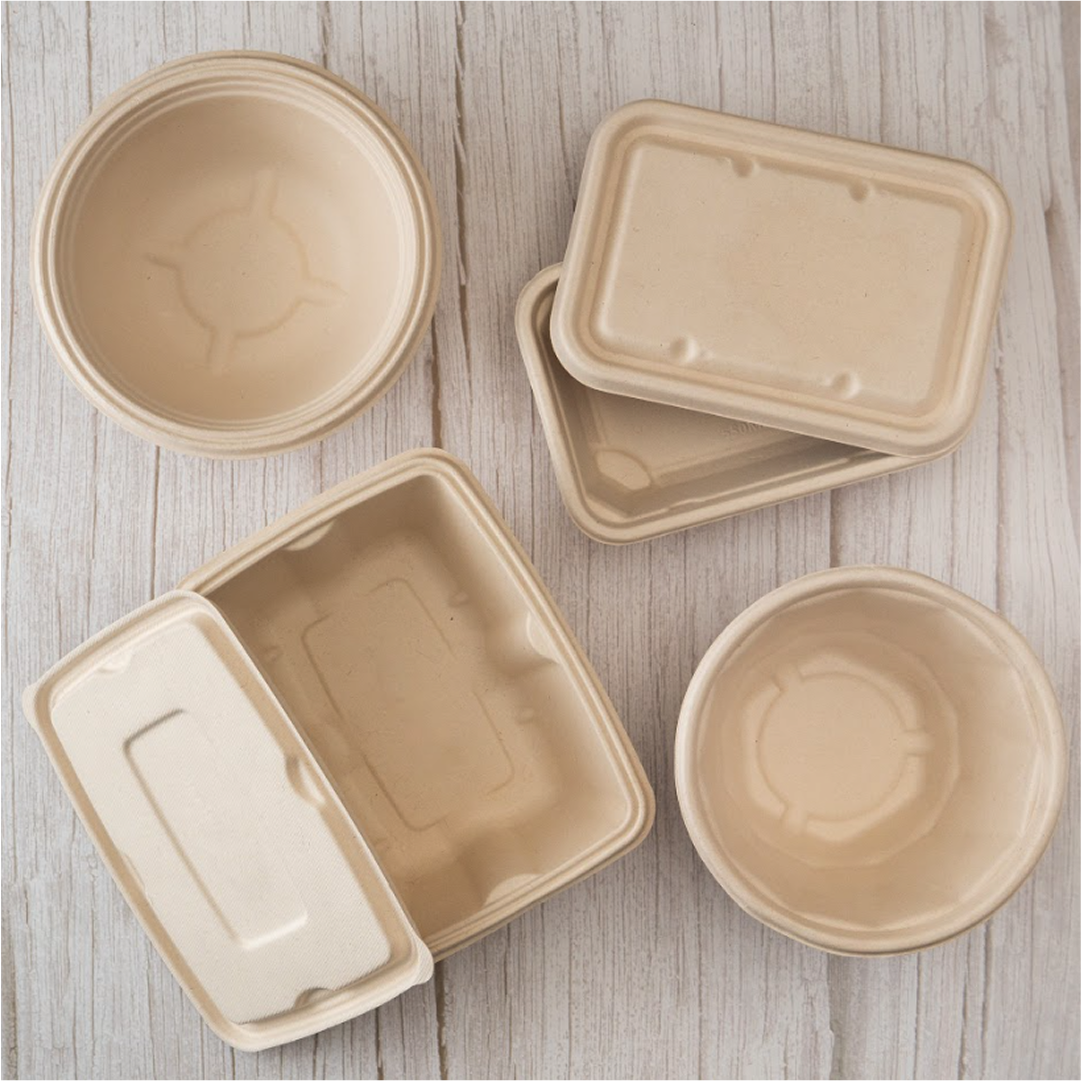
Bagasse: Transforming Plant Waste into Sustainable Everyday Products
Anuj GoyalShare this article
Did you know that disposable tableware can be made entirely from plant waste? Bagasse, commonly referred to as sugarcane pulp, is a by-product of sugarcane juice extraction. It consists of the fibrous material left behind after the juice is removed from sugarcane stalks. Since it is derived from agricultural waste, its production does not require cutting down trees or using additional land.
This plant waste is often discarded in landfills or incinerated, contributing significantly to air pollution. However, at PrimoPack, we repurpose this waste into practical, eco-friendly everyday essentials such as bagasse plates, hot cups, and bowls.
Bagasse-based products closely resemble paper due to their high cellulose content. However, unlike trees, which take decades to mature, sugarcane is ready for harvest in just six months. Furthermore, unlike traditional materials such as plastic or paper sourced from trees, bagasse products, including hot cups, are made from renewable agro-waste.
What is Bagasse and How Is It Made?
As mentioned earlier, bagasse is the fibrous residue left behind after sugarcane juice extraction. While it is often discarded or burned, it serves as an excellent alternative for manufacturing single-use plates, bowls, and more.
Although bagasse and paper appear similar, they have fundamental differences. Paper is made from tree pulp, whereas bagasse is a by-product of sugarcane processing.
An astonishing fact about these materials is their regeneration time. A tree can take approximately 30 years to grow just 36 inches, making it difficult to harvest repeatedly. In contrast, sugarcane is cultivated and harvested within six months. Since bagasse is an agricultural by-product, using it does not deplete natural resources. Given that a single tree can support over a million species, deforestation for paper production has devastating ecological consequences.
The Process of Turning Bagasse Into Everyday Essentials
Sourcing Bagasse
Rather than allowing bagasse to be burned or dumped in landfills—both of which harm the environment—we upcycle it into durable and sustainable products like plates, bowls, and hot cups. Unlike plastic-based disposables, our bagasse products are environmentally friendly. They do not rely on non-renewable materials like petroleum-based plastic or trees. Furthermore, our bagasse products are compostable, breaking down naturally into soil without leaving behind harmful plastic waste.
Cleaning & Drying
Once the bagasse reaches our manufacturing units, it undergoes thorough cleaning. It is soaked in water to remove any impurities and unwanted particles. The fibrous and non-fibrous components are then separated using a machine called a dipper, which churns the material to ensure only the purest fibers remain, free from contaminants.
The Pulping Stage
Next, the cleaned and dried bagasse is shredded and transferred to the pulping section. This is where the magic begins. The shredded bagasse is continuously churned in large containers until it transforms into a thick pulp mixture. To maintain the highest quality, our bagasse undergoes three rounds of pulping to ensure a premium final product.
Molding & Shaping
Once the pulp reaches the desired consistency, it is ready for molding. To ensure durability and structure, the pulp is transferred into high-pressure hot press machines. It is then placed into specific molds and pressed under high heat, giving it the desired shape and form.
Pressing & Refining
Once shaped, our bagasse products go through hydraulic presses that remove any excess moisture. Additional refining ensures that hard surfaces and impurities are eliminated, resulting in smooth edges and a high-quality finish.
Final Quality Checks
Before reaching consumers, each bagasse product undergoes rigorous quality inspections. Any product that does not meet industry standards is discarded, ensuring that only the best items make it to market.
Environmental Benefits of Bagasse
By choosing bagasse-based products, you are contributing to a greener planet. Unlike traditional materials, bagasse and its products offer exceptional sustainability benefits:
- Minimal Resource Use: Trees take decades to mature, and deforestation negatively impacts air quality and biodiversity. Our bagasse products are sourced from sugarcane waste, making them a sustainable choice.
- Lower Carbon Footprint: Conventional tableware, such as plastic plates and bowls, relies on petroleum-based materials, which contribute to environmental pollution. In contrast, bagasse products are made from plant-based sources with a significantly lower environmental impact.
- Certified Compostable: All our bagasse products are certified compostable, meaning they break down into organic matter within 90-180 days after disposal. Unlike plastic, which can persist for centuries, bagasse products naturally return to the soil without causing harm.
By choosing PrimoPack’s bagasse products, you are making an eco-conscious decision to reduce waste and protect our planet for future generations.
